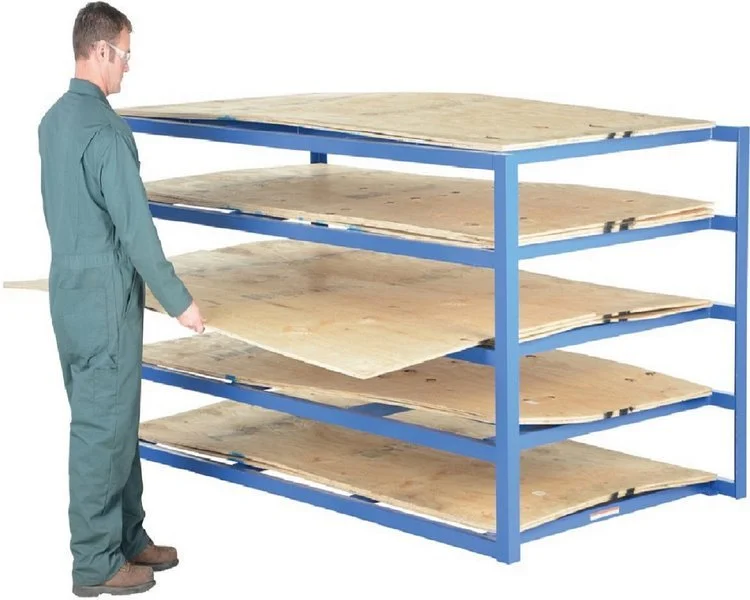Pallet racking systems are often a crucial component in many warehouse and industrial settings providing efficient storage solutions for products and materials. However, working with pallet racking can pose serious safety risks which is why personal protective equipment (PPE) is essential. In this blog, we will provide a guide to different types of PPE for pallet racking, their use and guidelines for proper selection.
Link to our pallet racking:
Pallet Racking | Platforms and Ladders
Types of PPE for Pallet Racking:
Hard Hats: Hard hats are essential for protecting workers from head injuries in case of falling objects or collisions with low-hanging racking. They should be worn by anyone working in the warehouse, especially those who are working near racking systems.
Safety Glasses or Goggles: Safety glasses or goggles are necessary to protect the eyes from dust, debris, and other materials that may fall from the racking system. They should be worn when working with or around racking systems.
Gloves: Gloves protect workers' hands from cuts, abrasions, and punctures that may occur when handling materials or working with racking systems. They should be made from durable materials that provide grip and protection such as leather or nitrile.
Safety Shoes: Safety shoes with reinforced toes protect workers' feet from falling objects and help prevent foot injuries that may occur when working near the racking system. They should be slip-resistant and provide good traction.
Safety Harnesses: Safety harnesses should be worn when working at heights or when accessing the upper levels of racking systems. They help prevent workers from falling and should be properly secured to a suitable anchor point.
High-Visibility Clothing: High-visibility clothing ensures that workers can be seen by others in the warehouse, reducing the risk of collisions and accidents. It should be worn by everyone working in the warehouse, especially those working with racking systems.
Knee Pads: Knee pads are essential for workers who need to kneel or crouch when working with racking systems. They protect the knees from injury and reduce strain on the joints.
Guidelines for Proper Selection and Use of PPE for Warehouse Racking:
Risk Assessment: Conduct a risk assessment to identify potential hazards in the warehouse and determine the appropriate PPE to use.
Proper Fit: Ensure that PPE fits properly and is comfortable to wear. Ill-fitting PPE can be uncomfortable, cause distractions and reduce its effectiveness.
Training: Provide adequate training to workers on the proper use and care of PPE. Workers should know how to put on and take off PPE correctly, how to inspect it for damage and when to replace it.
Maintenance: Regularly inspect PPE to ensure that it is in good working condition. PPE should be cleaned and sanitized after use and replaced when damaged or worn out.
Storage: Properly store PPE when not in use to protect it from damage, contamination or degradation. PPE should be stored in a clean, dry and well-ventilated area.
Replacement: Replace PPE when it no longer provides adequate protection or when it is damaged or worn out. PPE should be replaced on a regular basis, depending on its frequency of use and the manufacturer's recommendations.
Conclusion: Selecting and using the right PPE for pallet racking is essential to protect workers from hazards and help ensure a safe working environment. Employers must conduct risk assessments, provide adequate training and ensure that PPE is properly maintained and replaced when necessary. Following these guidelines can help workers perform their duties safely and efficiently.































